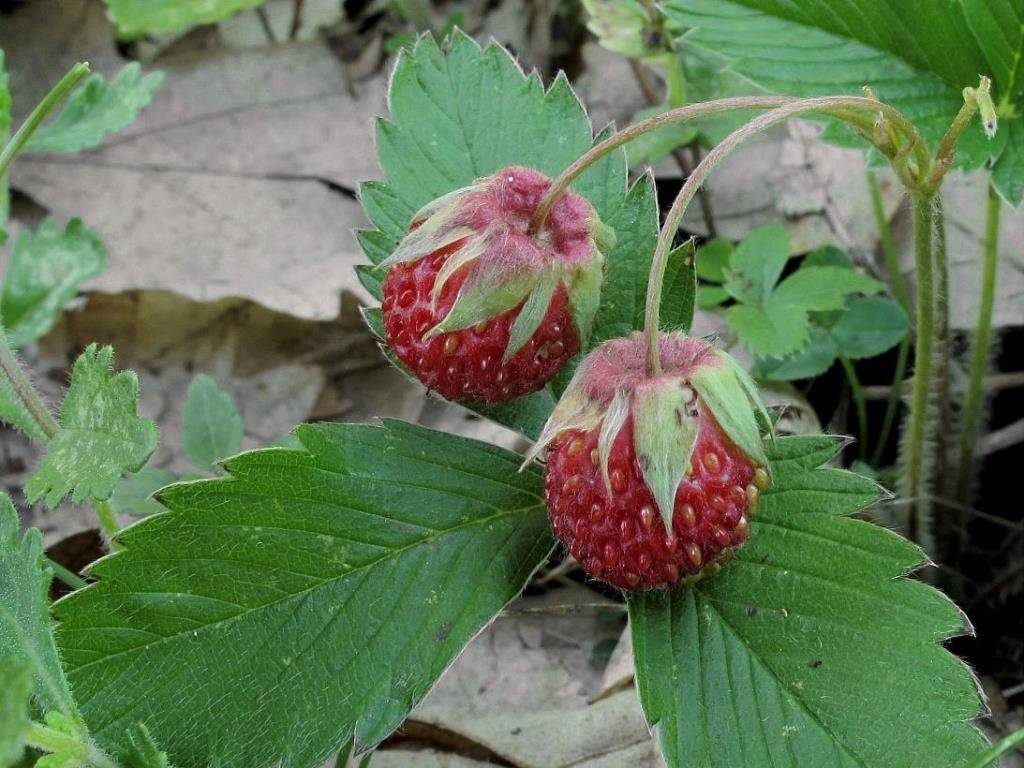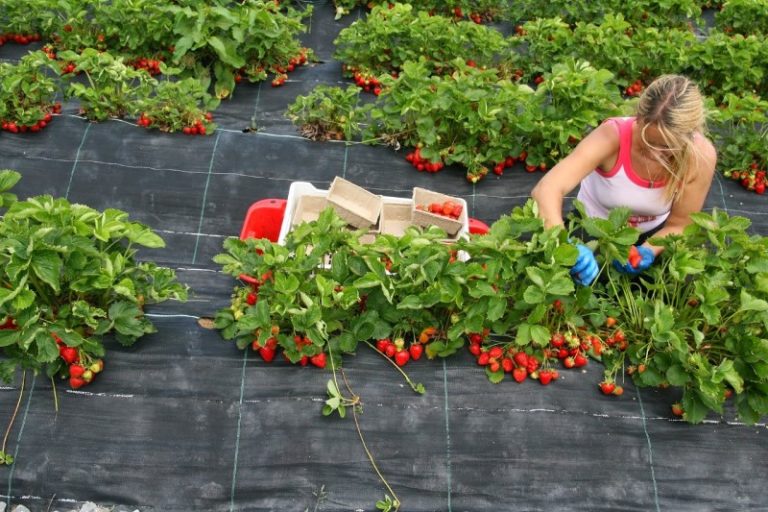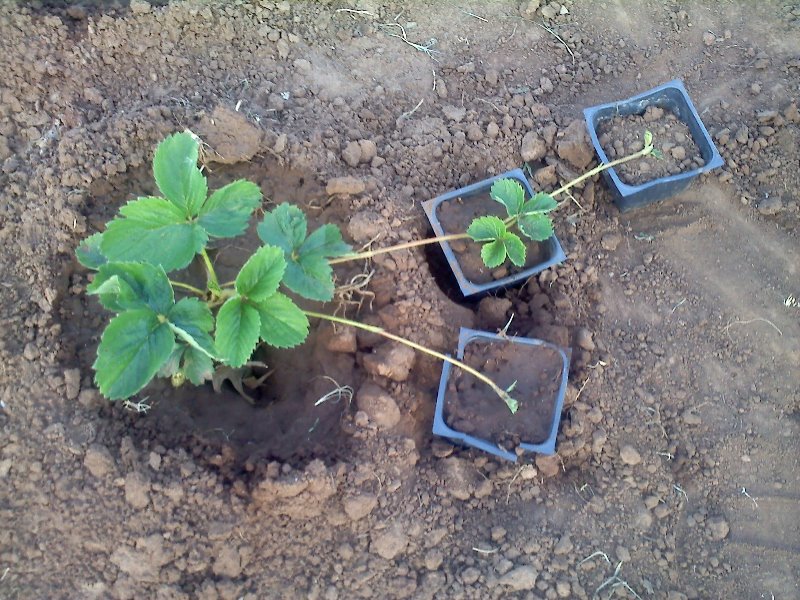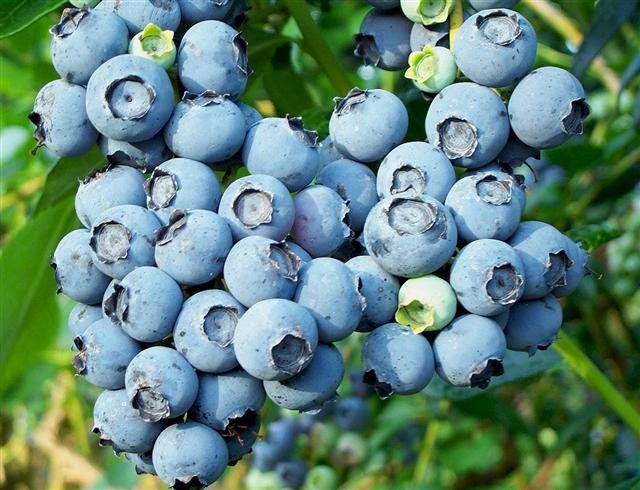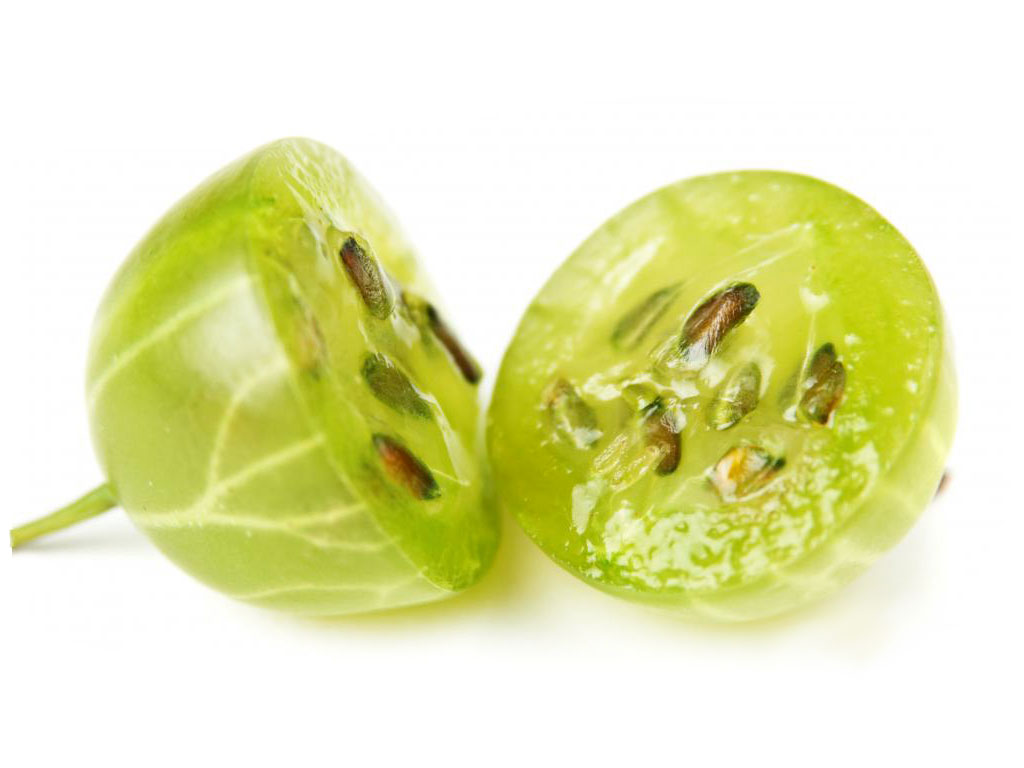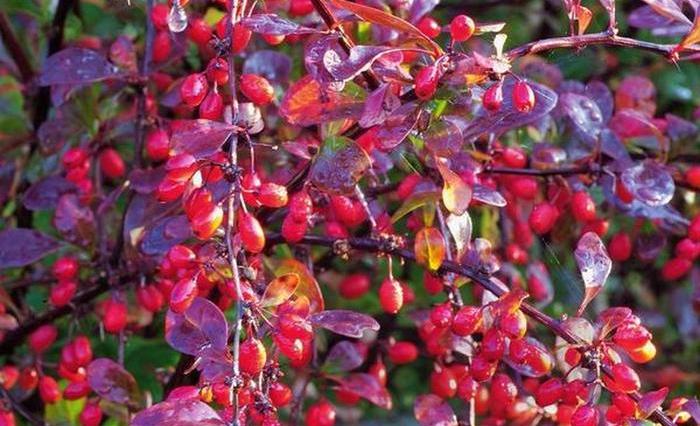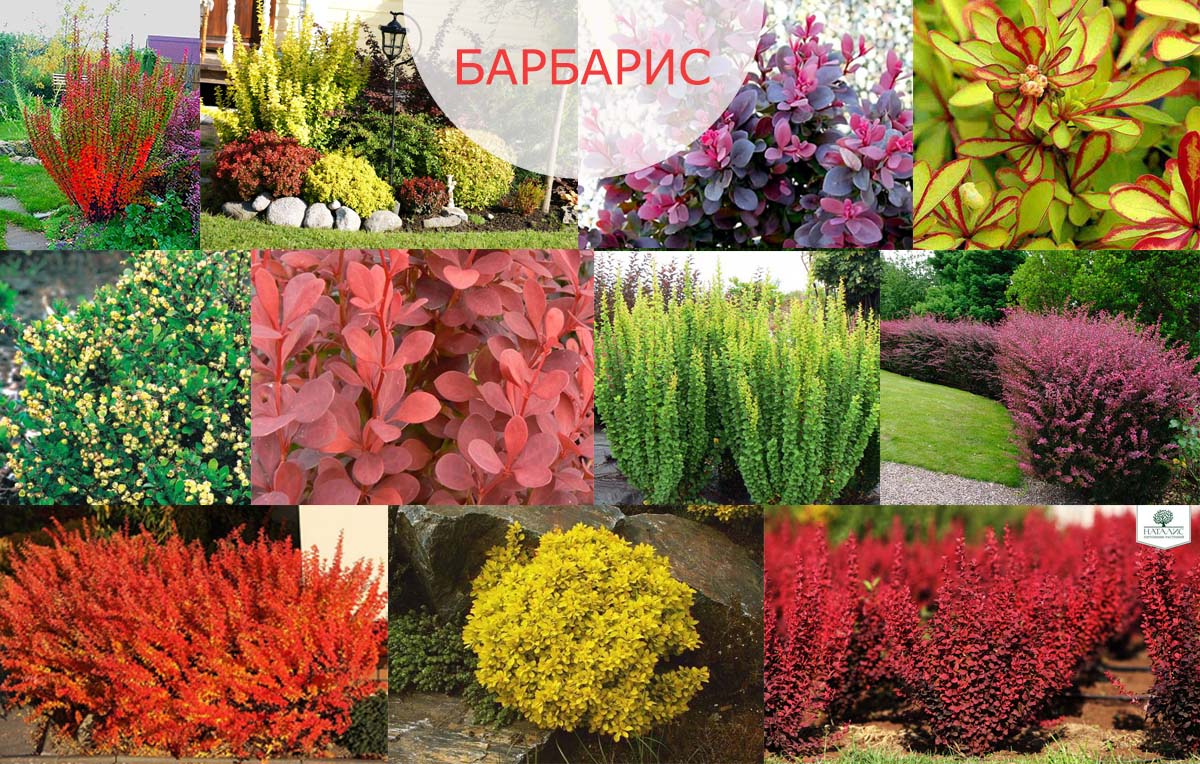Content:
- Types of garden strawberries
- Planting and caring for garden strawberries
- Garden strawberry care
- How to care for strawberries in spring for a good harvest
- How to water strawberries during fruiting
- Strawberry care after fruiting
- Transplanting strawberries to a new location
- Breeding strawberries
- Features of caring for strawberries in spring in Siberia
- Features of caring for strawberries in spring in the Urals
It is impossible to imagine a personal plot without home garden strawberry bushes. It is often confused with strawberries. They are indeed similar in appearance, but have structural differences. To know what to plant in the garden, you must first of all decide on the variety of garden strawberries.
Types of garden strawberries
All strawberry varieties are divided by ripening time.
Early ripening varieties:
- Early Crimea;
- Klistemon;
- Honey.
Such varieties bear fruit in May and are resistant to disease and frost.
Medium ripening varieties:
- Sultan;
- Elvira;
- Crown.
The varieties bear fruit in late May - early June. For example, the Sultan perfectly tolerates both heat and frost, but Turida does not like extreme heat.
Late varieties:
- Independence;
- Bounty;
- Jam.
They bear fruit together with currants in July, the berries are tender, almost not transportable, the bushes are resistant to diseases.
There are also remontant varieties that give at least 2 harvests per year:
- A pineapple;
- Felice;
- Aisha.
They usually bear fruit in May and September. The berries are large and juicy. The bushes are resistant to disease and frost.
There are also white-fruited varieties, for example, the White Swede with boiling white berries, tender pulp of sweet and sour taste.
Planting and caring for garden strawberries
For planting, you need to find a place with loose soil and rich in humus. Its acidity should be between 5.5 and 6.5 pH. The area should not be shaded and protected from frost. The planting period is from mid-summer to early autumn or spring. For 10 plants, you need to allocate a bed with an area of 2.5 m² based on planting plants at a distance of up to 30 cm, and between rows up to 80 cm.
When planting, a small depression is pulled out the size of the root system of the seedling. Next, the bush is lowered into a hole, buried in and pressed with hands for compaction, after which it must be watered abundantly.
Garden strawberry care
After planting, the plant needs proper care. It is recommended to water regularly, especially in spring. From the flowering period to the formation of berries, it is worth maintaining the humidity at the same level.
Mineral fertilizers for strawberries are not suitable, but organic fertilizers will come at a time. The term for the first feeding is 3 weeks after, when the bushes will start growing. The second is done in late summer - early autumn, when the crop is harvested. A ready-made set of fertilizers can be purchased at a gardening store or made at home.
Trimming the mustache is an important stage in caring for a strawberry bush, since, by giving shoots, the bush receives less nutrients from the soil, giving them to offspring. They are removed when the crop is harvested. You need to dive until the beginning of autumn.
How to care for strawberries in spring for a good harvest
There are some recommendations and special techniques for caring for strawberries to increase their yield. So, when planting bushes in spring, the formed flowers must be cut off.Thanks to this procedure, the bushes will gain vegetative mass in the summer, which will give a good full harvest the next year.
In the first year after transplanting the bush, fertilizing should be carried out once a week with the preparation radiance-1 or gumistar (diluted with water). Alternatively, you can use ecuberin every month for extra stimulation and preparation for harvest.
If it is decided to plant a plant in the fall, it is worth providing conditions for the wintering of the bushes. To do this, siderates are sown between the rows of strawberries, or all the beds are covered with agrofibre.
In the second year of cultivation, the fertilizers shine-1 and shine-2 are used, only in smaller quantities. Top dressing should be done 3 times before flowering. These funds allow you to warm up the soil, respectively, the crop will appear a week earlier. For the same purposes, some gardeners advise to treat the bush with HB-101 and cover it with some covering black material.
How to water strawberries during fruiting
Watering garden strawberries is necessary in the morning so that the bushes dry out by evening. Before flowering, the bush is watered all over to clean the leaves of dust and dirt. This will allow it to develop better and prepare for fruiting. During flowering and berry picking, the plant needs to be watered only into the soil. In this case, it is worth making sure that the roots are not outward.
Water consumption for the period before flowering is 15 liters per 1 m², and during flowering and until the end of fruiting, it will double. The water should be warm so that the roots and stems of the bush do not begin to die off or rot.
During pouring rain, the bushes of garden strawberries should be covered with a film to avoid waterlogging. Before watering a fruiting bush, you need to collect ripe berries from it.
Strawberry care after fruiting
After fruiting, many gardeners think that the care of strawberry bushes is complete. But in this case, next year the harvest will be meager or may completely disappear. Therefore, when all the berries are harvested, you need to start preparing the bushes for the next season.
In July, the main treatment is to remove the whiskers to facilitate plant development.
Before that, you need to make a top dressing with superphosphate, ammonium nitrate and potassium chloride. Components in the right proportions are applied to the loosened soil to a depth of 10 cm next to the bush.
In parallel, you need to get rid of weeds. In this case, it is worth regularly loosening the soil near the bushes to saturate them with oxygen. You need to be careful, as the root system of strawberries is located close to the soil surface, and they can be damaged by a hoe during loosening. If August is hot and dry, you need to continue watering (every 3-4 days).
In the fall, you can make top dressing from mullein, bird droppings and loosen the soil.
Before the onset of winter, the final inspection of the plant bushes is carried out: the diseased, affected, dry parts of the bush are removed.
Transplanting strawberries to a new location
Bushes need to be transplanted, which have been bearing fruit in one place for 3-4 years, since the seedling has already consumed all the nutrients from the ground, and the crop begins to grow scarce. You can transplant the bushes at any time during the growing season. However, when transplanting a bush during flowering, there is a high risk that the plant will not take root in a new place. It is best to do this a couple of weeks before or after flowering.
For transplantation, bushes are selected that have been growing in one place for more than 2 years.
Breeding strawberries
Reproduction of garden strawberries can be carried out with a mustache, seeds and dividing by bushes.When breeding with a mustache, everything is simple: when they form, buds with leaves are buried in the ground, and when a root is formed, they are cut off, dug up and planted in a new place.
Seed propagation is a more complex process. It is often used only by breeders to develop new varieties, or it is used to propagate beardless garden strawberries. To get a bush from seeds, ripe fruits are first harvested. The peel with seeds is removed and dried for a couple of days. The dried mass is ground, and the seeds are separated. The planting material is ready to use. Before planting, it is soaked for several days in clean water.
Gardeners suggest planting seeds first for seedlings in special planting boxes. Seedlings require high (up to 25 ° C) temperatures and plenty of sunlight. After germination and the appearance of 4-5 leaves, the seedlings dive, and after a couple of weeks they are transplanted into open ground.
There is a lesser known breeding method - dividing the bush. The method is also used if the bush does not produce a mustache. The breeding scheme is simple: the bush is dug up, divided into several parts and seated separately. Each half should have a rosette of leaves and a developed root system.
Features of caring for strawberries in spring in Siberia
Siberia has a harsh changeable continental climate. To grow strawberries there, first you need to find out which variety is suitable for this region. It must be resistant to severe frosts, pests and decay, and have the ability to quickly regenerate. Also, the variety should bear fruit despite the lack of sunlight.
The most suitable types for this:
- Amulet;
- Daryonka;
- Lord.
Planting and care will be the same as in normal conditions, but it is worthwhile to carefully prepare the bushes of the plant for wintering. For this, it is advisable to make mulch from needles and straw. And the best thing to do this is at the end of October. And in the spring, after the mulch is removed, you need to actively warm up the soil under the plants. The same preparation radiance-1 or rotted horse or chicken droppings will help in this.
Features of caring for strawberries in spring in the Urals
The Ural has a mountainous climate. A variety for cultivation in this area must have:
- increased frost resistance;
- high immunity to the effects of pests and diseases;
- adaptability of growth in conditions of high humidity.
Many varieties fit this description. Here are some of them:
- Zarya;
- Festivalnaya;
- Alba.
When caring for strawberries in the climatic conditions of the Urals in the spring, you need to warm up the plants after a long hibernation. Permanent organic matter buried in the soil will help in this. When unexpected cold weather sets in, it is recommended to cover the bush with geotextiles or spruce branches.
Garden strawberries are one of the most cultivated crops by summer residents not only in Russia, but also in many countries of the world. Thanks to the efforts of breeders, varieties have been developed that can be suitable for areas with warm and cold, dry and humid climates. Some types of strawberries can be eaten not only in the summer for a couple of weeks, but before frost. But for this you need to make a little effort: to plant correctly, water, fertilize.
